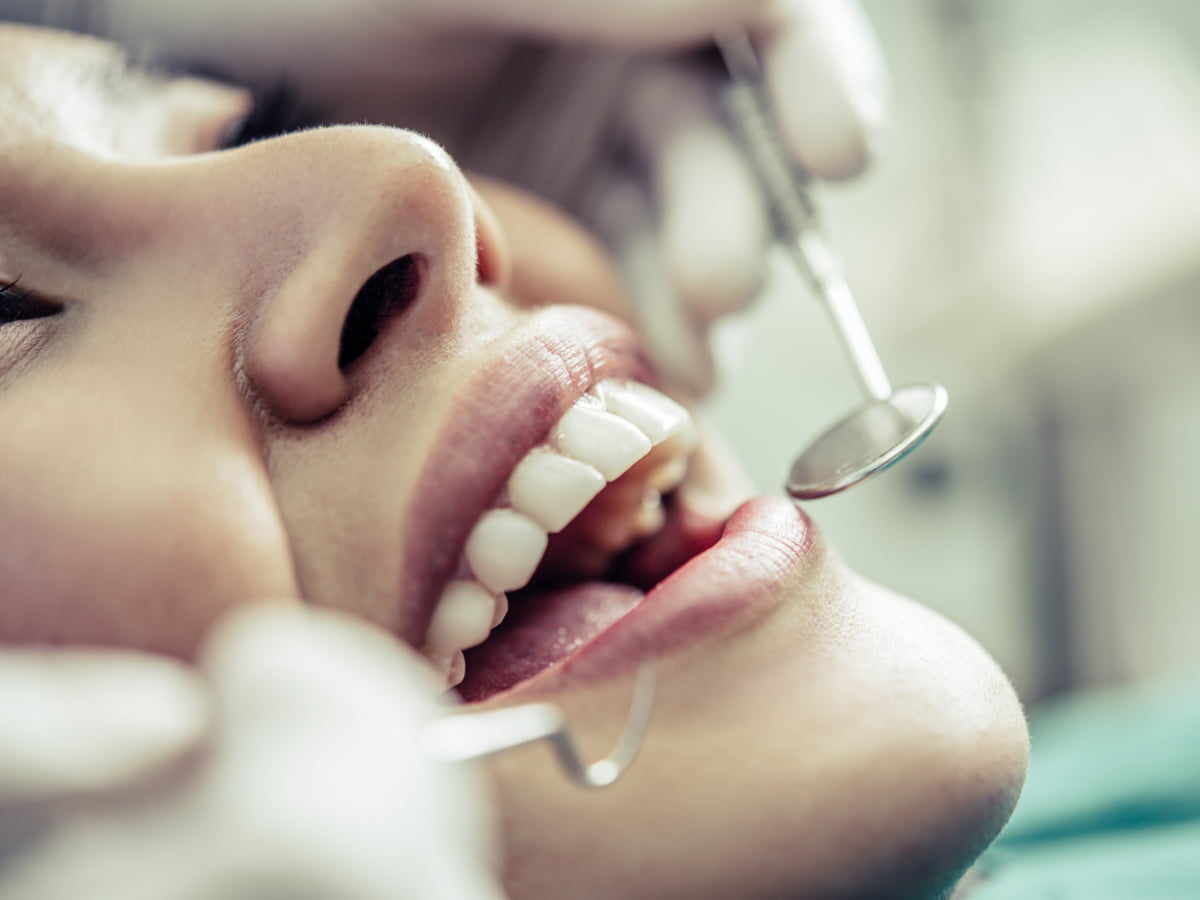Comprehensive Dental Exam
Teeth — Your dentist will check for signs of tooth decay by examining the surface of every tooth. They will also check for any problems with fillings, braces, bridges, dentures, crowns or other restorations.
Gum tissue – Your dentist will examine your gums and supporting structures of the teeth and look for signs of gum disease which include red, swollen or bleeding gum tissue.
Soft tissue — The soft tissues of your mouth include the tongue, inside of the lips and cheeks, and the floor and roof of the mouth. Your dentist will examine these areas for red/white lesions, ulcers, swellings, or growths that could indicate an oral health issue. Your dentist will also inspect the back of your throat and tonsil area.
Head and neck — Your dentist will examine the exterior surface of your head and neck and palpate for any swellings or tenderness in your lymph nodes and salivary glands (lymph or salivary swellings can indicate infection or disease). Your dentist will also examine your temporomandibular joint.
X-rays — Your dentist may need to take X-rays if clinically indicated. X-rays can reveal problems which are not obvious with a visual exam alone.
